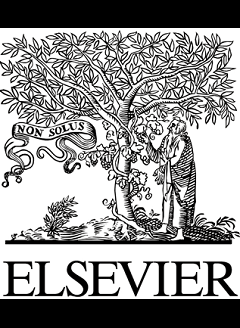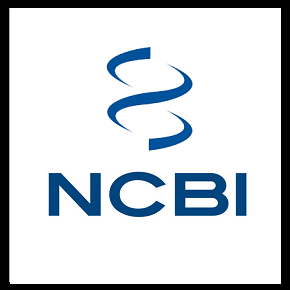دانلود رایگان مقاله ویژگی های مدیریت ریسک زلزله در اسلوونی – سال 2014


مشخصات مقاله:
عنوان فارسی مقاله:
ویژگی های مدیریت ریسک زلزله در اسلوونی
عنوان انگلیسی مقاله:
Aspects of Earthquake Risk Management in Slovenia
کلمات کلیدی مقاله:
زمین لرزه، آسیبپذیری محیط مصنوع، فرکانس پایه، ارزیابی ریسک، پشتیبانی از تصمیم
مناسب برای رشته های دانشگاهی زیر:
مهندسی عمران – ژئوفیزیک
مناسب برای گرایش های دانشگاهی زیر:
زلزله – زلزله شناسی
وضعیت مقاله انگلیسی و ترجمه:
مقاله انگلیسی را میتوانید به صورت رایگان با فرمت PDF با کلیک بر روی دکمه آبی، دانلود نمایید. برای ثبت سفارش ترجمه نیز روی دکلمه قرمز رنگ کلیک نمایید. سفارش ترجمه نیازمند زمان بوده و ترجمه این مقاله آماده نمیباشد و پس از اتمام ترجمه، فایل ورد تایپ شده قابل دانلود خواهد بود.
فهرست مطالب:
Outline
Abstract
Keywords
References
قسمتی از مقاله انگلیسی:
Abstract
This article presents the collaboration of two inter-disciplinary research projects on earthquake risk management for Slovenia and its capital city Ljubljana. Seismic resistance, structural vulnerability and fundamental frequency assessments of individual buildings were made and, using data from the Real Estate and Central Population registers, scenarios for the impact of different earthquake intensities were constructed. In addition, four applications were developed: guidance on earthquake preparedness for the public; a web application for self-assessment of building vulnerability; a support system for earthquake damage inspection; and an early post-earthquake damage assessment tool for planning rescue operations.
Introduction
The article presents the scientific basis and the applications of numerous research projects which lately culminated in a Slovenian national research project “Earthquake Risk in Slovenia” (Lutman et al. 2013) and Ljubljana’s municipal research project “Earthquake Risk Assessment” (Banovec et al. 2012). After many years of planned research on earthquake hazard, structural vulnerability and earthquake risk, conducted separately by different scientific disciplines and professions, the time was ripe to start a joint research project with practical applications. Joining civil engineering, seismology, geology, mathematic, computer science and disaster management was not an easy task. But the effort paid off with numerous project outputs enhancing knowledge on possible earthquake effects in Slovenia and producing tools to tackle some of them. With knowledge on structural vulnerability, gained by analyses of numerous buildings, backed by knowledge of general seismicity, seismic microzonation, and the fundamental frequency of buildings it was possible to extrapolate, by applying mathematical modeling and computer science, to all building stock, using data from the newly established Slovenian National Real Estate Register. When data from other national and local registers, namely the Central Population Register and the rescue personnel register was used, hitherto unknown aspects of the social effects of an earthquake became apparent. This knowledge became the basis for development of a set of tools for disaster managers. Most obvious are earthquake risk assessment with different scenarios to be used for planning and preparedness and response instructions for the public. Others are an internet based application giving information on possible structural damage of an individual building after an earthquake, an internet based application for early post-earthquake damage assessment joined with on-line data gathering from public on the earthquake effects, and a support system for after earthquake building inspection.



